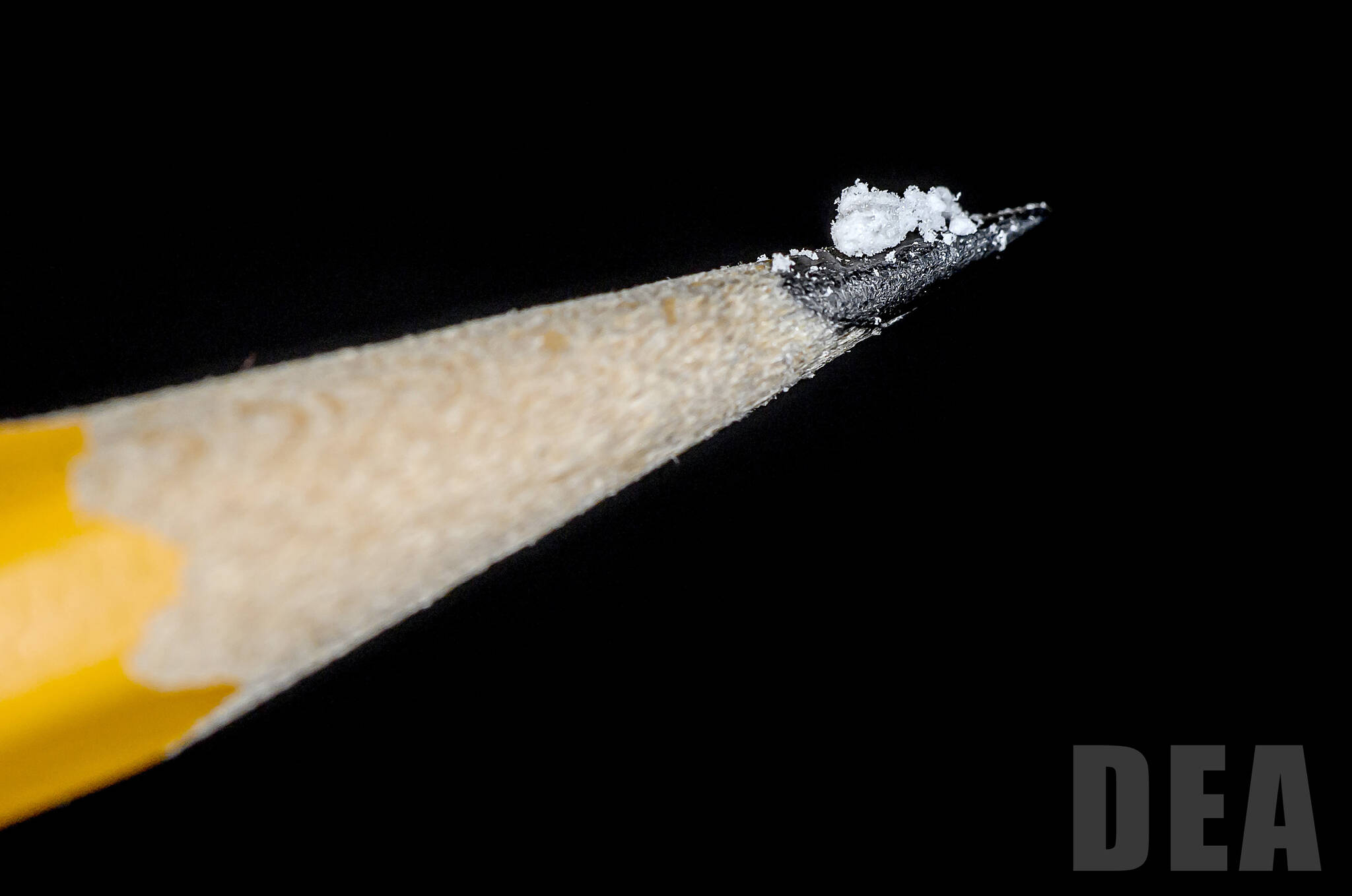How many of you readers know someone who is addicted to opioids? How many of you know people who have died of an opioid overdose? Do you know how the epidemic began? Do you know the waves that have struck the United States? Knowledge brings power—also anger.
Opioids were commonly used beginning in the 1800s in America. They were used for pain relief, especially during the Civil War. They were called the “wonder drug” that was used for cough relief. The German drug company Bayer began marketing them in 1898 in the United States. But by the 1920s, doctors began to understand the addictive characteristics of opioids and became reluctant to prescribe them. In 1924 Congress passed the Heroin Act which banned the manufacture, importation and sale of heroin. By the 1950s heroin addiction was rare.
Older Boomers will remember rock star Janis Joplin who died of a drug overdose in the 1970s. Many Vietnam era vets remember how cheap and easy it was to obtain opioids in Vietnam. It’s thought that 10-15% of Americans soldiers became addicted while serving in Vietnam. President Nixon called drug abuse “public enemy #1”. In 1982, Vice President H.W. Bush used the C.I.A. and the military to interdict their U.S. entry.
In 1979 there were 3,000 drug overdose deaths in this country. By 1988, the number had risen to 5,000. 2016 saw drug overdose deaths rising to 64,000, according to the C.D.C. By January 2023, 109,600 drug overdose deaths occurred in the previous twelve months.
What caused the change in attitudes about opioids from the 1950s to the 1980s? The change occurred because of an article in the New England Journal of Medicine in January 1980 titled: “Addiction Rare in Patients Treated with Narcotics”.
The first wave of the opioid crisis began in about 1990. Perdue Pharma hosted over 40 promotional conferences pushing opioids in the Southwest and Southeast, claiming that the risk of addiction “was under one percent” (Wikipedia). Attitudes about opioids changed. Opioid prescriptions rose from 76 million to 116 million between 1990 and 1999. The increased number of prescriptions saw the rise of more substance abuse and related deaths. Addictions spurred an illegal market. Meanwhile the potency of opioids increased.
The second wave brought about the change in laws about opioids. Politicians decided that reducing the supply of opioids would solve the problem. “Since 2011, opioid prescribing has been cut by more than 60 percent.” Unfortunately, however, as medical use declined, the total number of overdose deaths more than doubled between 2011 and 2020.…” (scientificamerican.com).
The third wave began in 2013 and ended in 2016. Synthetic illegally made opioids—fentanyl—arrived. Fentanyl is 50-100 times more potent than morphine. The opioid demographic changed to younger, less frequently male, white and rural, compared to previous waves. Black and Latino overdoses also increased during this time.
A fourth wave emerged after 2016. Opioids began to be mixed with meth and/or cocaine, taken either sequentially or at the same time. So, instead of decreasing drug deaths after the CDC’s recommendation to cut opioid prescriptions, the number of deaths actually increased. Between 2012 and 2020 deaths from cocaine rose threefold while deaths from meth rose fivefold.
Our culture likes to place blame for disasters such as the opioid crisis. The list is long. It started with the New England Journal of Medicine lying to doctors by telling them that opioids were not addictive. Big Pharma pushed opioids as a solution to pain which improved their bottom line. U.S. government polices to cut medical prescriptions for opioids led addicts to go to the streets to buy synthetic opioids like fentanyl which became more and more powerful.
Fentanyl makes profits for Chinese drug companies. Mexican drug cartels get bulk shipments from the Chinese. The cartels repackage it and smuggle it into the U.S. Xi Jin Ping could stop production of fentanyl in a day if he wanted to, but the Chinese economy needs money.
Weakening America through drug addiction also serves Chinese political goals.
The last to blame in this tangled web of addiction are Americans who want to solve their problems by escaping pain and/or loneliness through drugs.
Taking drugs the first time is a choice. After that, addiction becomes the tyrant, and the addict becomes the slave and often the victim. Family and friends suffer as a result of human weakness and capitalistic greed. Society is damaged by addiction through increased crime to feed the habit.
There are solutions and treatments like Naloxone and Buprenorphine which can cut drug dependency. Watch the YouTube video: “The Opioid Crisis and the Way Forward” if you are an addict or have loved ones who are, there is hope.


